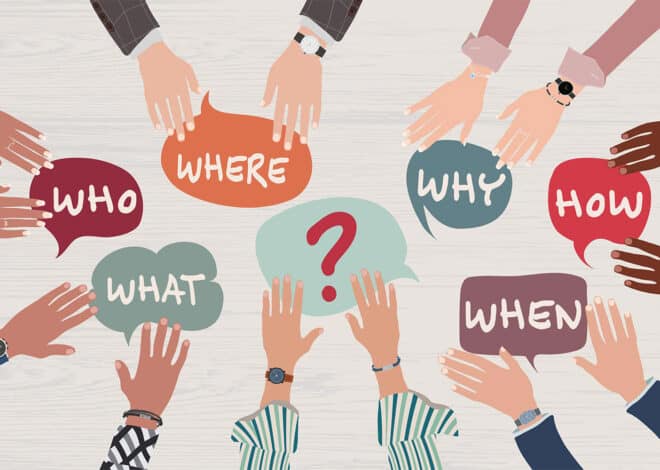How To Be a Community-Powered Nonprofit
Kevin Davis explains how nonprofit journalism organizations are working to gain donors’ trust by being community-powered.

Pro tip: Any nonprofit communications strategy can benefit from these smart lessons!
Running a mission-driven nonprofit organization of any size is hard work. Running a small-to-midsized nonprofit has it’s own particular challenges, particularly as it relates to securing steady funding.
As a long-time consultant to small to midsize nonprofit organizations in journalism and media, I’ve been able to see first hand how organizations with access to limited grant dollars are able to monetize the very people and communities that they serve in ways that are highly applicable to all types of nonprofit organizations today. It comes down to where the community is in a nonprofit’s communications strategy.
One of the core problems for traditional local and community journalism is that they haven’t regularly included members of the community in the “sausage-making” process. Rather, they focus on and write what they think is best for the community. Is it any wonder then that the people that they write for don’t always see themselves or their concerns reflected in news stories? To put a not-so-fine-point on it, you have well-meaning journalists trying to serve the public (which I find is generally true despite the way our political leaders often characterize them) who miss the mark because they don’t take the time to engage the public and bring them into the process. It’s fair to ask, why would anyone donate money to that kind of journalism organization?
And it’s true for nonprofits of all kinds:
- How many mission-driven organizations today can afford to be disconnected from the people that they are trying to serve?
- How many nonprofits can afford to do business as usual and expect better results with less money and resources?
While the obvious answer may be that news organizations must change to survive, that type of change (particularly when it means doing things in a way that runs counter to your culture and training) can be hard.
Thankfully, there are people in and around nonprofit media that are making significant strides to change the status quo. Mary Walter Brown, publisher and COO of the excellent nonprofit Voice of San Diego is helping redefine the membership model for nonprofit publishers by deploying standardized best practices in communicating and raising money through newsletters, readers and event attendance.
Another innovator, Jennifer Brandel, took the lessons learned from her time working on Curious City, a public radio program at Chicago’s WBEZ, and took “public-powered journalism” to a whole new level. Two years ago, she and her partners set out to change the very model of how journalism is made and started Hearken. (Full disclosure: Hearken is a client of KLJD Consulting, as is American Nonprofits.) Hearken uses a combination of consulting and technology to invite an organization’s readers and listeners to suggest stories, allow other members of the community vote for the best and then assign journalists to follow through, even letting community members participate in the news-making process.
So what then can a nonprofit organization that is not in media or journalism learn from these efforts? Quite a lot as it turns out.
Regardless of the mission of your organization, I’m willing to bet that you have a website, a newsletter and probably quite a few different folks from your organization — volunteers and employees — talking about your work on social media. So instead of just talking at your audience), how about asking them a bunch of questions or giving them a poll?
As you engage in two-way conversation, listen, learn and incorporate the good ideas (and even some wacky ones that may not seem possible at first). Then let the people who came up with these ideas know about it. Invite them in. Turn them into evangelists. Make them a vested part of your mission and set them loose.
FInally, and perhaps most importantly, collect as much information as you can about your key influencer audience members. (Do you have a CRM? If not, get one.) If you don’t already, get your audience members to sign up for your newsletter. If they go to an event, get their email address. Convince them to follow you on Facebook, Twitter, Instagram and Snapchat. Then, when you’re about to ask them for a new donation, make sure that they know that they’re being heard and are valued by writing to them and inviting them to participate.
Journalism or communications, this is what a community-powered nonprofit looks like.
Not only will you increase your levels of affinity with your existing audience, you will grow your sustaining donor base while strengthening your ties with the audience you serve.
About the Author
Kevin Davis is CEO and Principal Consultant of KLJD Consulting, an independent consulting practice that helps nonprofits and media companies with impact and revenue generation.
Articles on Blue Avocado do not provide legal representation or legal advice and should not be used as a substitute for advice or legal counsel. Blue Avocado provides space for the nonprofit sector to express new ideas. Views represented in Blue Avocado do not necessarily express the opinion of the publication or its publisher.











